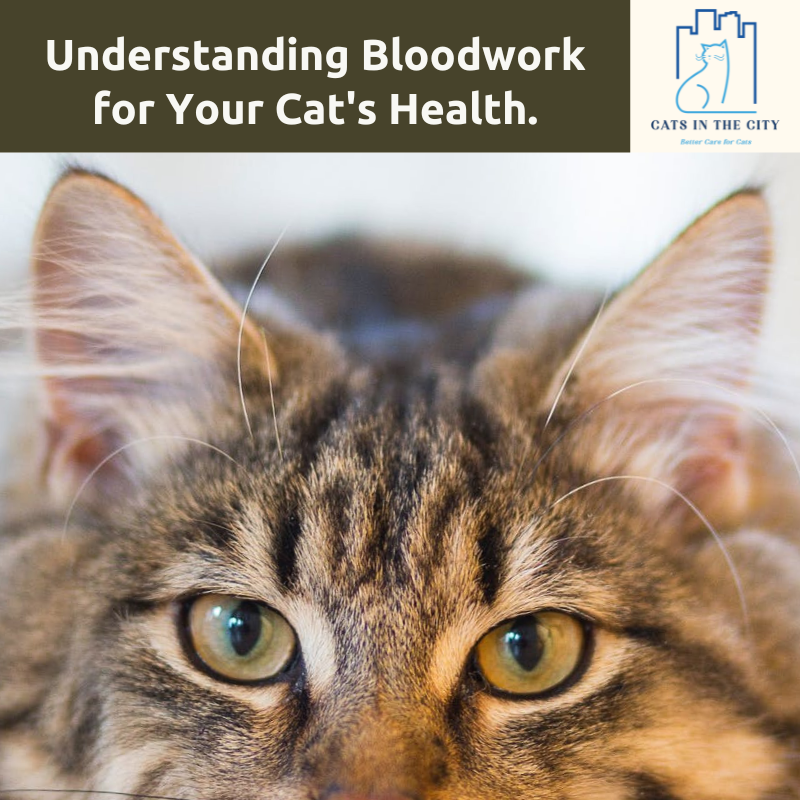The Journey of Cat Domestication: From Wild Hunters to Beloved Pets
Cats became domesticated through a gradual process that spanned thousands of years, with their journey beginning in ancient Egypt around 4,000 years ago. Initially, wild cats were attracted to human settlements due to the presence of rodents, which provided a steady source of food. This mutual attraction marked the beginning of a long-standing relationship between cats and humans.
The Beginning: Attraction to Human Settlements
In ancient Egypt, the presence of abundant rodents in grain stores and human habitats naturally drew wild cats to these areas. These early cats, in their pursuit of food, provided an inadvertent service to humans by controlling the rodent population. Over time, humans began to recognize the benefits of having these natural pest controllers around, leading to a symbiotic relationship.
Developing a Mutualistic Relationship
As cats integrated more into human society, they formed a mutualistic relationship with humans. People provided cats with shelter and additional food, while cats offered effective pest control in return. This arrangement was advantageous for both parties, fostering a deeper connection between humans and cats.
Natural Selection Over Active Breeding
Unlike dogs and other domesticated animals, cats were not actively bred for specific traits. Instead, natural selection played a crucial role in their domestication. Cats with traits that made them more suitable for living alongside humans, such as docility and tolerance of human presence, were more likely to survive and reproduce. This natural selection process gradually led to the domesticated cats we know today.
Reverence and Idolization in History
Throughout history, cats have been revered and idolized in many cultures. In ancient Egypt, for example, cats were associated with deities and considered sacred animals. This elevated status further solidified their place within human society, ensuring their protection and continued coexistence with humans.
The Modern-Day Domestic Cat
Today, cats continue to be popular pets around the world. Their domestication has resulted in a wide variety of breeds with distinct characteristics and appearances. From playful and energetic kittens to independent and mysterious adult cats, these feline companions bring joy and companionship to millions of people.
Cats became domesticated through a gradual process that began with their attraction to human settlements for food. Over time, humans recognized the benefits of their presence and provided them with shelter and care. Cats adapted to living alongside humans and developed a mutualistic relationship. They were not actively bred for specific traits but were naturally selected based on their ability to coexist with humans. Today, cats are beloved pets that bring joy to many households around the world.
The domestication of cats is a testament to the power of natural selection and mutual benefit. From wild hunters to cherished pets, cats have come a long way in their journey alongside humans. Understanding this history enriches our appreciation for these fascinating creatures, who continue to play an integral role in our lives. By recognizing the unique path of cat domestication, we can better understand and nurture the bond we share with our feline friends.



